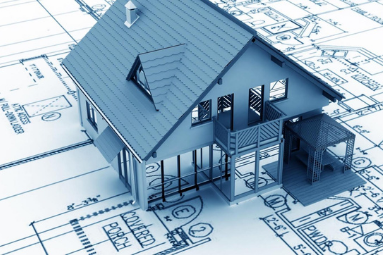Architecture plays a crucial role in shaping the environments we live in, particularly for populations with unique needs, such as seniors, individuals with disabilities, or those living in specific community setups. Thoughtful architecture goes beyond the aesthetic and focuses on creating spaces that are functional, inclusive, and adaptable. In the context of senior living, for instance, it is vital to design environments that enhance the quality of life, promote independence, and ensure safety. A well-designed space can make the difference between isolation and engagement, or between dependency and empowerment. One of the core principles of thoughtful architecture is universal design. This approach ensures that spaces are accessible to people of all ages and abilities. In senior living communities, universal design may involve the integration of features such as no-step entrances, wide doorways to accommodate wheelchairs, and lever-style door handles that are easier for arthritic hands to manipulate.

These seemingly small details significantly enhance the daily experience of residents, reducing potential frustration and fostering independence. Thoughtful architecture also addresses the sensory needs of seniors by incorporating appropriate lighting, acoustics, and color schemes that reduce glare, enhance visibility, and create a soothing atmosphere. Another aspect of thoughtful architecture is flexibility. As people age, their needs often change, and the spaces they inhabit should adapt accordingly. Modular or adaptable designs allow for easy modifications, whether it is transforming a spare room into a caregiver’s quarters or installing additional handrails in bathrooms. This flexibility is particularly important in aging-in-place strategies, where seniors can remain in their homes as long as possible rather than moving to assisted living facilities. In this context, thoughtful architecture ensures that spaces are future-proofed, allowing them to evolve with the needs of their occupant’s munity-oriented designs also form a key component of thoughtful architecture, particularly in the realm of senior living.
Creating socially connected spaces encourages interaction and combats isolation, a common issue among aging populations. This Outsourced BIM might include designing shared spaces like communal kitchens, gardens, or activity rooms, where residents can gather, share meals, or engage in group activities. Proximity to outdoor spaces also promotes physical activity and mental well-being, as access to nature has been shown to reduce stress and enhance cognitive function. Sustainability is another essential factor in thoughtful architecture. Eco-friendly materials and energy-efficient systems not only benefit the environment but also contribute to the health and comfort of residents. Incorporating natural light, energy-efficient appliances, and sustainable building materials can reduce utility costs and create a healthier living environment by improving air quality and thermal comfort. For senior communities, where residents may spend more time indoors, the quality of the built environment is paramount for their overall well-being.